Provence, rich in diversity and charm, is a land shaped by centuries of history, traditions, and varied landscapes. Set apart from the lively beaches of the Mediterranean and the region’s bustling cities, this more discreet Provence stretches inland, between Avignon and the first foothills of the Alps. Here, the scenery changes with every turn, offering a palette of colours and atmospheres that capture the true spirit of the South.
The area is divided into several distinctive regions, each with its own character and natural backdrop. At the heart of Provence, the Luberon reveals rolling green hills and colourful plains where the vibrant purple of lavender fields meets the rich greens of vineyards and oak forests. In summer, hilltop villages such as Gordes or Bonnieux overlook these sun-drenched landscapes, bathed in warm, golden light.
Further west, the Alpilles offer a striking contrast with their bright white limestone ridges, silvery olive groves, and fragrant scrubland scented with thyme and rosemary. The colours here are more mineral, blending the pale grey of cliffs, the shimmering silver-green of foliage, and the deep blue of the Provençal sky. Villages like Les Baux-de-Provence and Saint-Rémy-de-Provence blend naturally into this bright, untamed setting.
Finally, to the south and east, the Durance Valleys and Springs add a refreshing touch of greenery to the Provençal landscape. Here, softer and more varied shades dominate: the tender green of orchards, the turquoise shimmer of the Durance river, and the pale stone hues of charming villages create a peaceful, soothing environment. This fertile, verdant region, bordered by wooded hills, stands in sharp contrast to the sun-drenched, arid plateaus nearby.
Scattered throughout these regions are picturesque hilltop villages, plains carpeted with lavender, pine forests, and ochre cliffs, all contributing to the area’s unique character. It would be impossible to list them all, as every winding road reveals a new discovery, whether natural, architectural, or cultural. This guide offers an overview of must-see sites and a selection of hidden gems, so you can fully experience the richness and diversity of Inland Provence’s contrasting landscapes.
Gordes - Perched proudly above the Luberon Valley, Gordes is undoubtedly one of the most photographed villages in France. Its cobbled alleyways weave between blonde-stone houses topped with traditional Roman tile roofs. From the esplanade of the Renaissance château, the view stretches endlessly over olive groves and lavender fields. In summer, at dusk, the village is bathed in a golden sunset glow, offering a natural spectacle of breathtaking beauty. A short distance away, the Abbaye de Sénanque, still home to a community of Cistercian monks, sits amidst a sea of lavender in July.
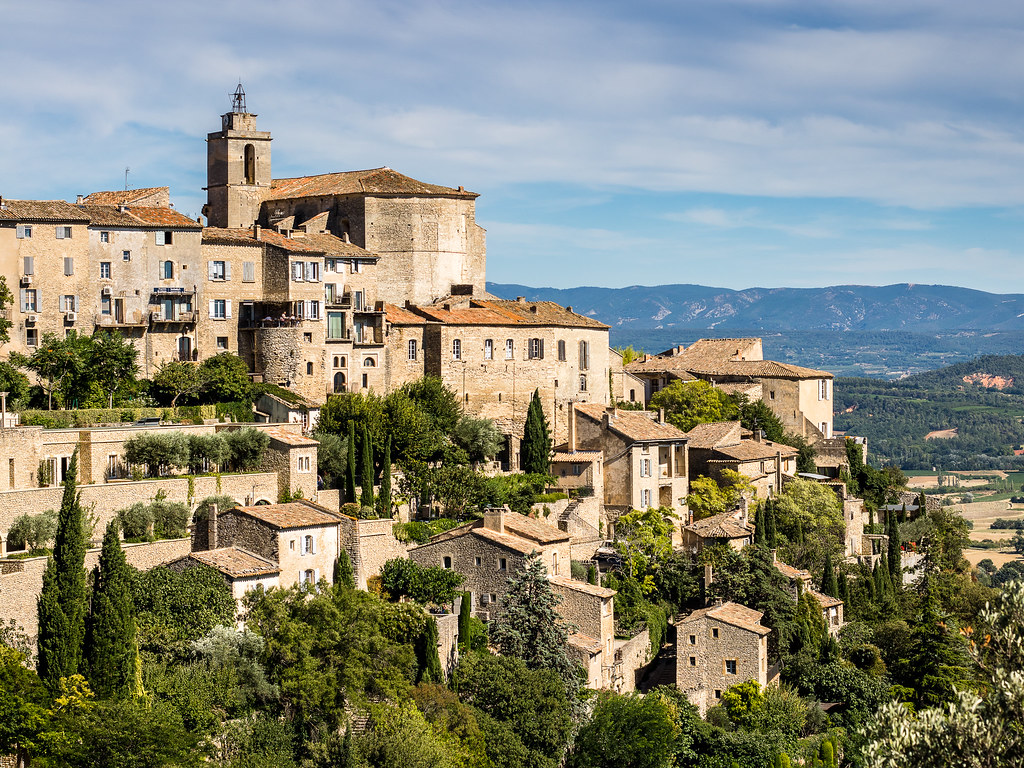
Roussillon - Known as the village of ochre, Roussillon is instantly recognisable for its striking red, orange and yellow façades, coloured by the pigments quarried from its surrounding cliffs. The Sentier des Ocres offers a one-of-a-kind walk through flame-hued cliffs and rock formations, remnants of a surprising industrial past. The village is also home to numerous art galleries and pigment craftsmen, keeping alive this vivid local tradition. Its market, rich with handcrafted goods in sun-drenched tones, is well worth a visit.
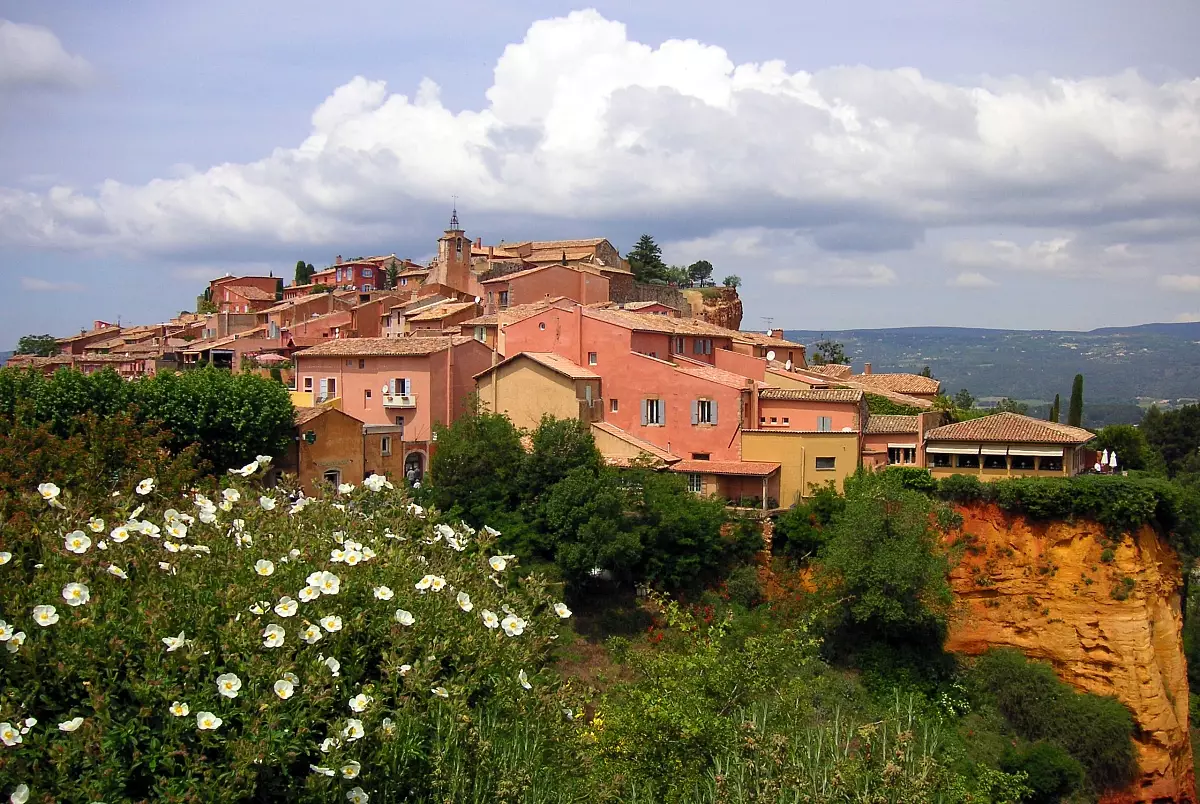
L’Isle-sur-la-Sorgue - Nicknamed the “Venice of Provence”, this charming little town is laced with the clear waters of the Sorgue River, dotted with moss-covered waterwheels. Renowned for its antique shops, it holds one of Europe’s largest antique fairs each year. Fly fishing enthusiasts are drawn here by the wild trout in its transparent waters, while its riverside cafés and terraces invite lingering, indulgent afternoons.
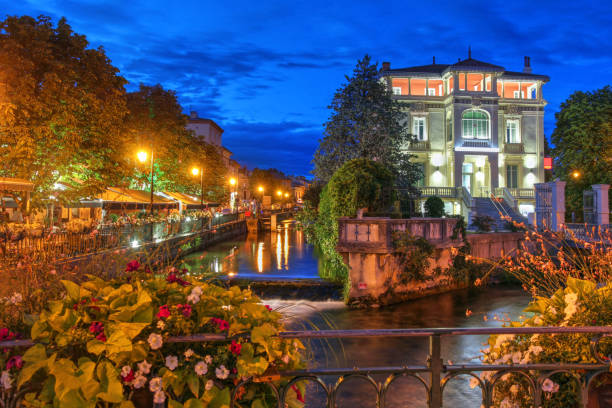
Ménerbes - Perched on a rocky ridge, Ménerbes offers sweeping views over the Calavon Valley. Long a favourite retreat for artists and writers, the village retains its 16th and 17th-century charm. Wine enthusiasts will appreciate the surrounding estates, while the curious can visit the Maison de la Truffe et du Vin, dedicated to two of the Luberon’s finest delicacies.
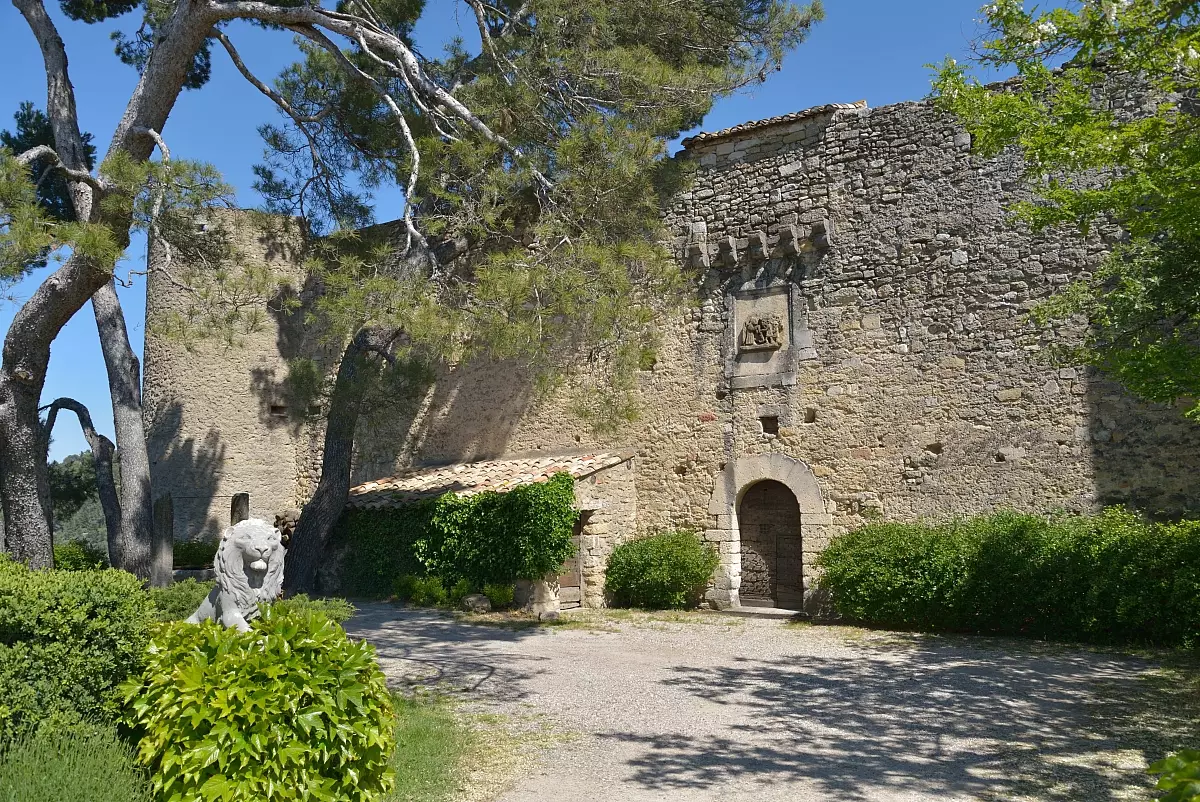
Les Baux-de-Provence - Ranked among the most beautiful villages in France, Les Baux sits like a stone eagle’s nest atop a rocky outcrop. From the ruins of its medieval château, panoramic views stretch across the vast plains of the Alpilles. In summer, the famous Carrières de Lumières, a former limestone quarry turned immersive art space, projects monumental digital exhibitions of master paintings onto its stone walls. The village also hosts celebrated traditional fêtes and festive Christmas markets.
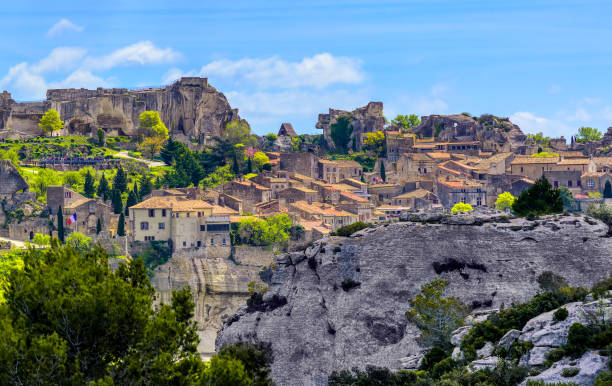
Saint-Rémy-de-Provence - Tucked at the foot of the Alpilles, Saint-Rémy is a quintessential Provençal town where art galleries, cobbled streets and ancient ruins intertwine. It’s here that Vincent van Gogh painted some of his most famous works during his stay at the Saint-Paul-de-Mausole asylum. The nearby archaeological site of Glanum preserves imposing Roman remains, including triumphal arches and columned sanctuaries, bearing witness to the town’s once-flourishing Gallo-Roman past.
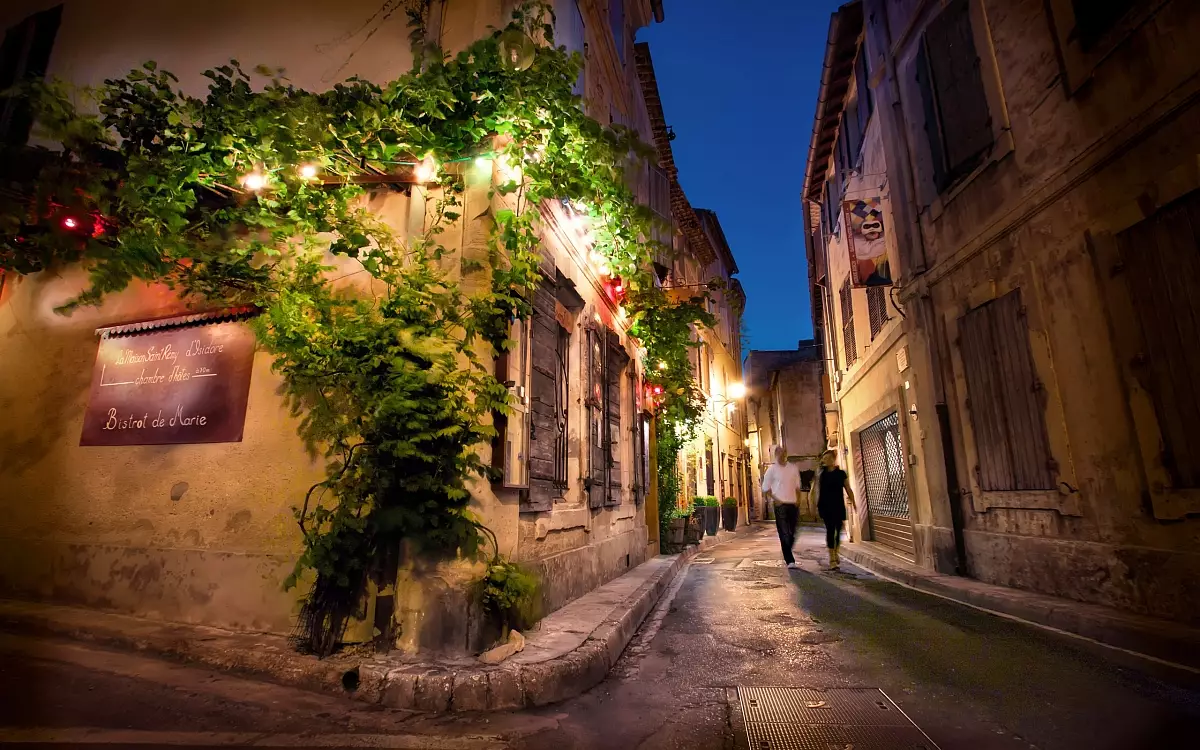
Manosque - A medieval town nestled among hills of thyme and lavender, Manosque is intimately linked with the writer Jean Giono, who spent his life here. Beyond its ancient town centre and ramparts, it’s home to the famous L’Occitane en Provence factory and museum, where visitors can uncover the secrets of Provence’s world-renowned cosmetics. Each August, Manosque’s Nuits de la Lecture transforms the town with an open-air literary festival.
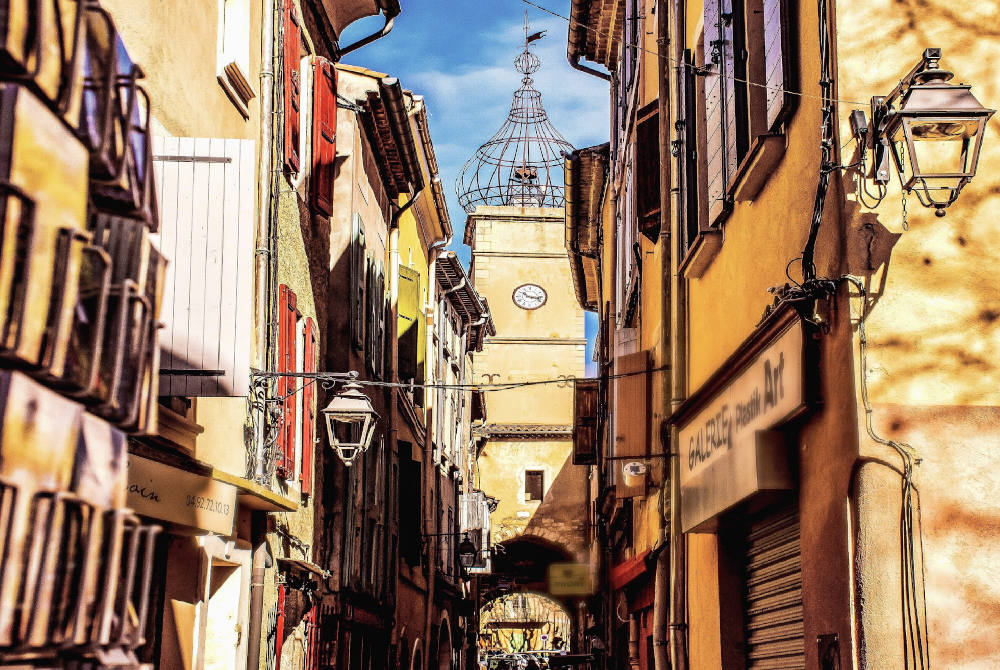
Digne-les-Bains - Known as the lavender capital, this mountain spa town is celebrated for its thermal waters and wellness centres. It also surprises with the Alexandra David-Néel Museum, dedicated to the life of the famous explorer and orientalist. Digne marks the start of the Lavender Route, a fragrant trail winding through fields of purple to the Albion plateau.
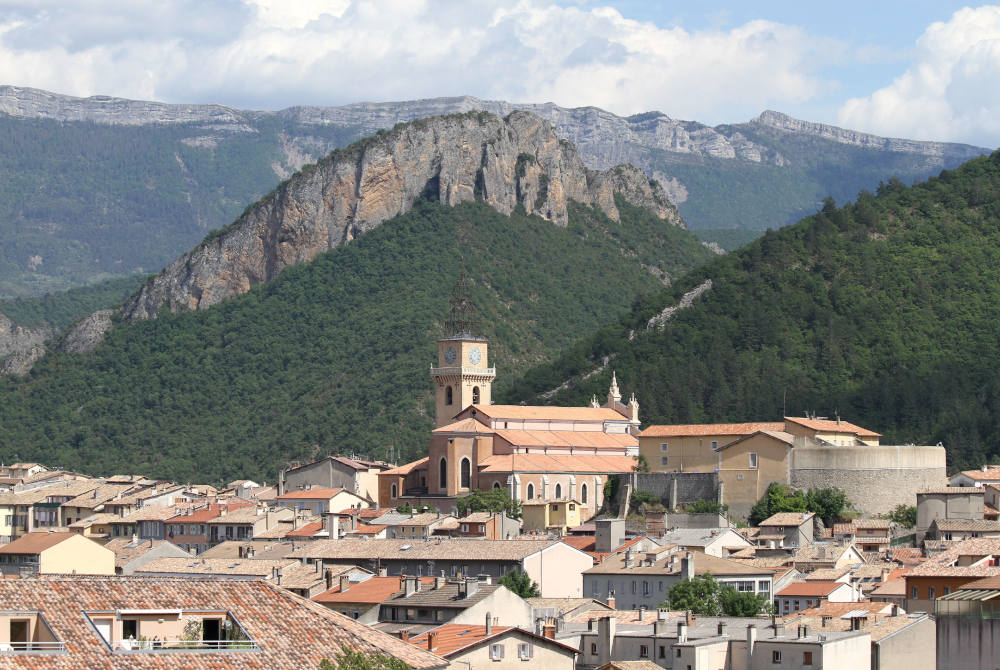
Entrevaux - Perched above the Var River, Entrevaux retains its 17th-century ramparts and Royal Gate. It can be reached aboard the Train des Pignes, a spectacular scenic railway linking Nice to the Alpes-de-Haute-Provence. Adventure-seekers can also enjoy rafting on the Var or hiking through the nearby Daluis Gorges, nicknamed the “Niçois Colorado” for their dramatic red cliffs.
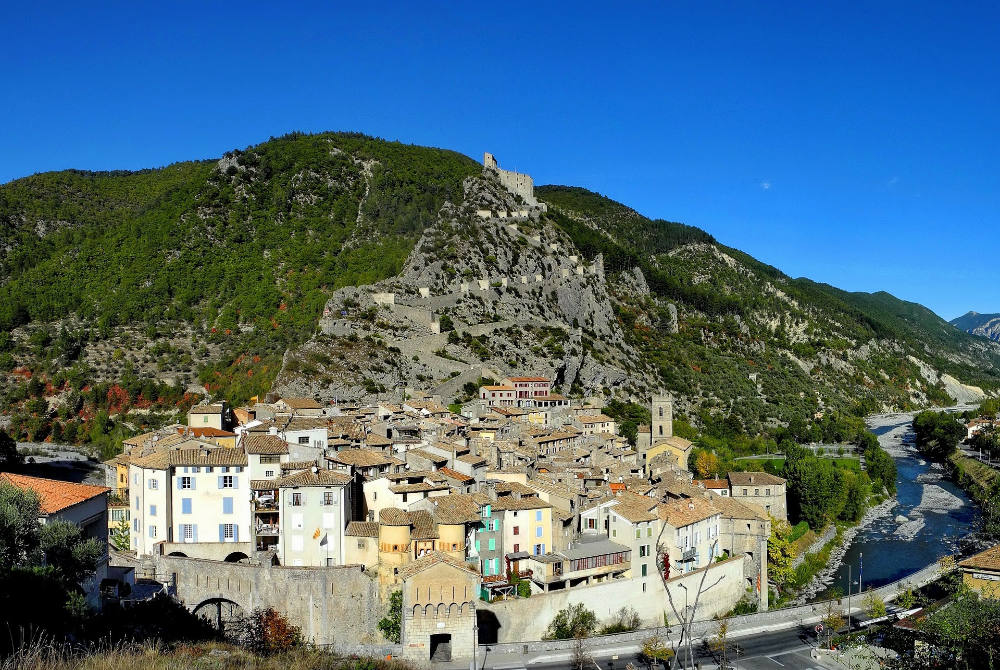
Avignon, Aix-en-Provence and Arles - These three cities embody Provence’s rich heritage. Avignon dazzles with its imposing Palais des Papes, Aix-en-Provence seduces with its lively cobbled streets and elegant fountains, and Arles preserves one of the best-preserved Roman amphitheatres in Europe. Highlights include Aix’s International Festival of Lyric Art and the Rencontres de la Photographie in Arles, two unmissable cultural events.
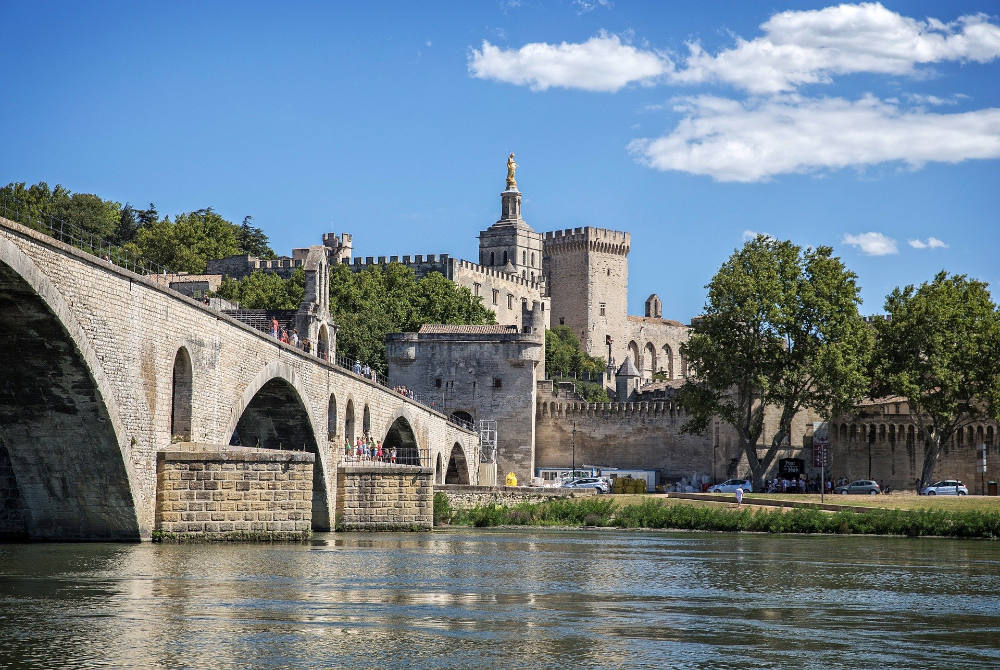
A few hidden villages to discover:
- Saignon: A discreet village offering one of the Luberon’s finest panoramic views from its hilltop church.
- Oppède-le-Vieux: A once-abandoned medieval hamlet, now reclaimed by artists and craftsmen.
- Eygalières: A treasured gem of the Alpilles, beloved by celebrities and lovers of ancient stone villages.
- Simiane-la-Rotonde: Renowned for its aromatic and medicinal herb gardens and its striking medieval rotunda.